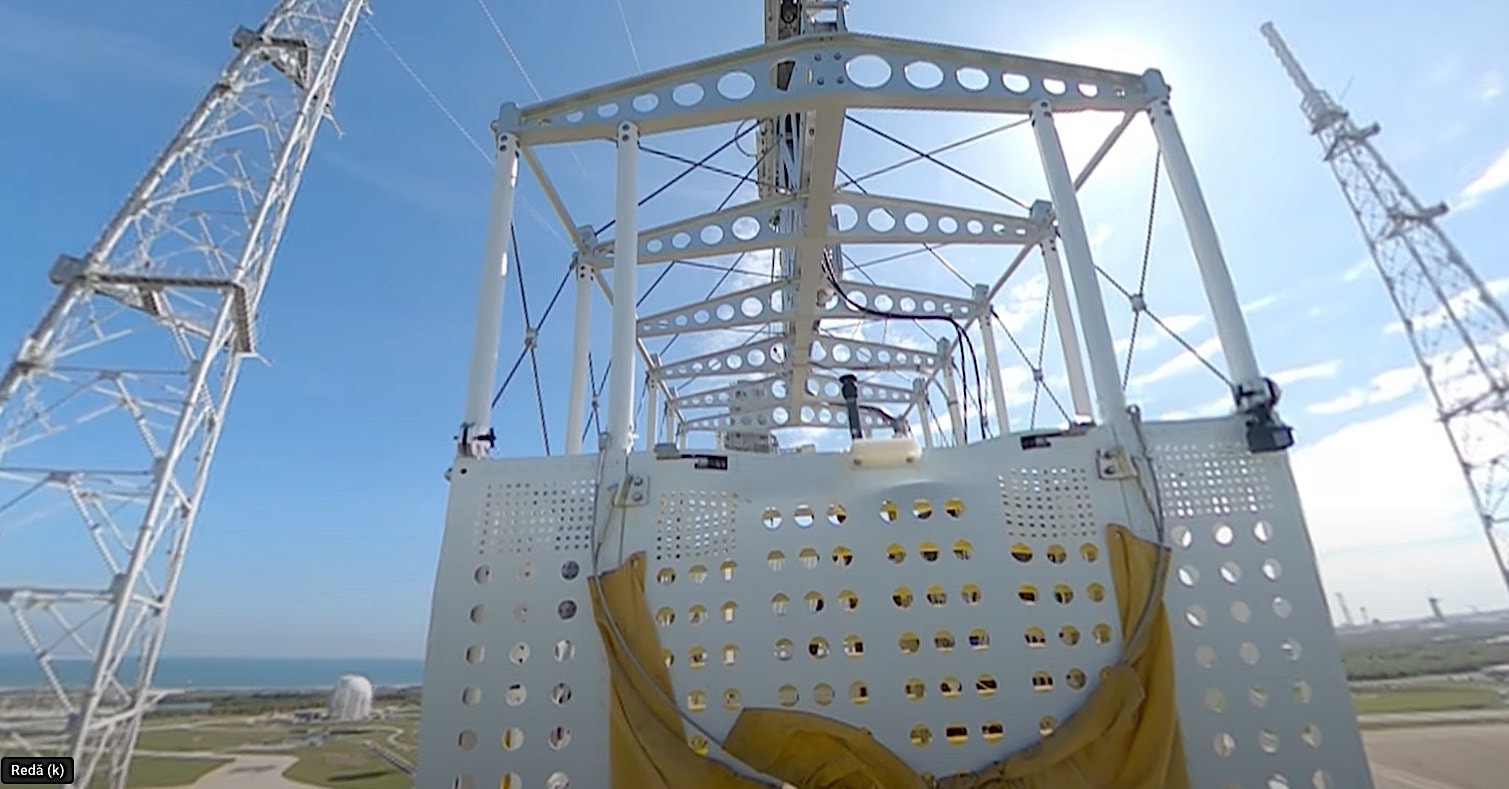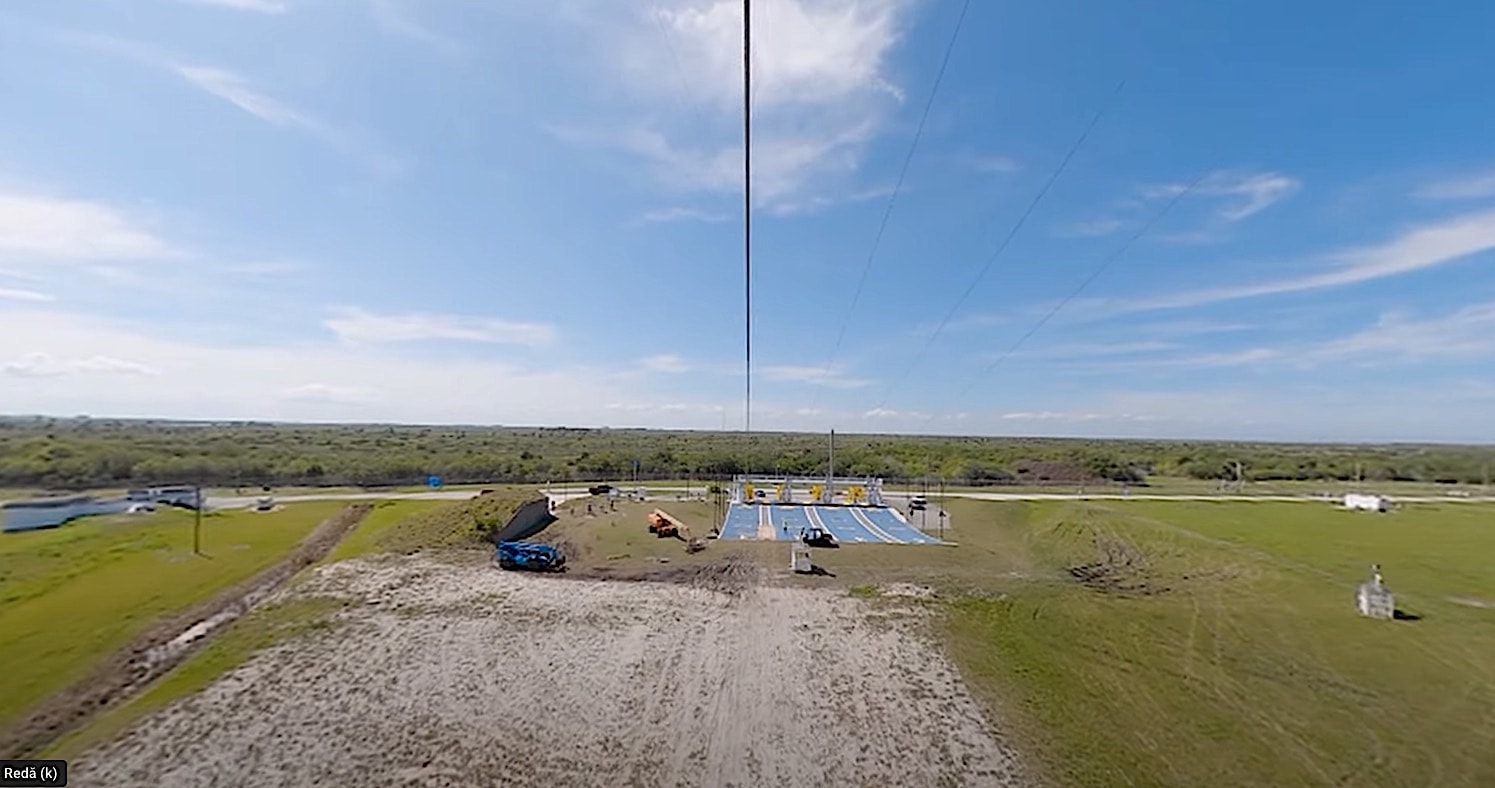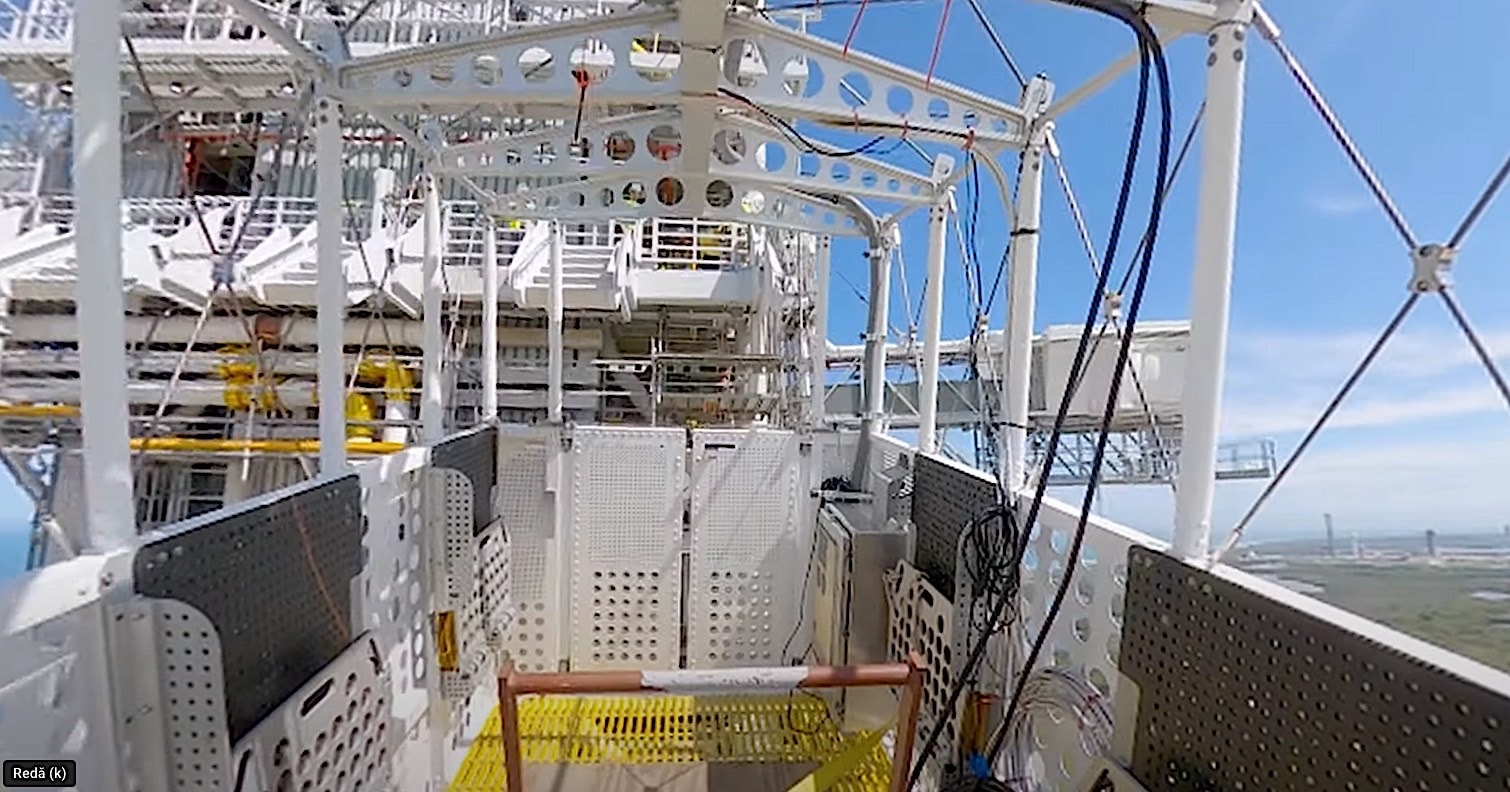NASA’s Artemis program marks a new era of space exploration, ushering in groundbreaking achievements both for humanity and technology. While the mission promises historic firsts like the landing of the first woman and person of color on the Moon, it also introduces innovative safety measures.
One such critical advancement is the emergency egress system, designed to safeguard astronauts and ground personnel during the perilous launch countdown.
Building upon the legacy of Mercury, Gemini, and Apollo, which relied on spacecraft-based escape systems, Artemis introduces a ground-based solution, tailored to the complexities of the Space Launch System and Orion spacecraft.

This evolution in emergency preparedness underscores NASA’s unwavering commitment to astronaut safety. In a bid to ensure the safety of both astronauts and launch pad personnel during NASA missions, SpaceX, Boeing, and United Launch Alliance have implemented innovative evacuation systems.
These systems come into play in the event of an emergency on the launch pad. SpaceX utilizes a slidewire cable with basket-style carriers at Launch Pad 39A at the Kennedy Space Center, while deploying a chute at Launch Pad 40.
Boeing and United Launch Alliance, operating from Launch Complex 41 at Cape Canaveral Space Force Station, have adopted a similar slidewire system but with individual seats instead of baskets.
NASA has followed suit, installing a towering 1,335-foot-long zipline connecting the mobile launcher to the launch pad’s perimeter. This adrenaline-inducing escape route features four basket-like carriers, each capable of transporting five people, rapidly evacuating personnel to safety from a height of 375 feet.

While the system remains untested in real-world emergency conditions, its design and functionality have been showcased, offering reassurance of its potential effectiveness. In the event of an emergency before the SLS rocket and Orion spacecraft launch, astronauts will rapidly evacuate either the spacecraft itself or the access area, depending on their location.
A newly developed emergency egress system, resembling a gondola lift, will transport them swiftly to the base of the launch pad. Here, emergency crews will assess their condition and swiftly evacuate them from the launch site to a safe location using armored vehicles.
This innovative safety measure will be inaugurated during the Artemis II mission, scheduled for late next year, which will carry a crew of four astronauts on a historic journey to the Moon’s far side. Although this mission marks a significant step in testing the SLS and Orion systems, it will not involve a lunar landing; instead, the crew will orbit the Moon before returning to Earth after approximately ten days in space.

